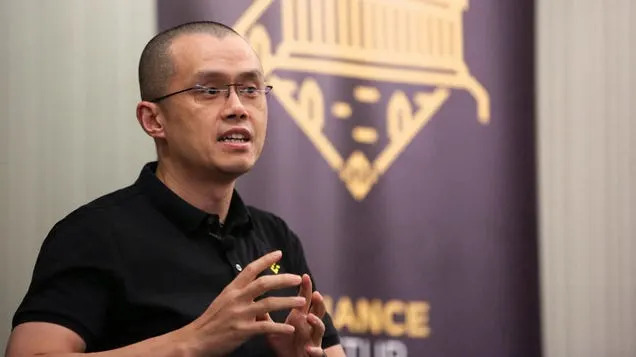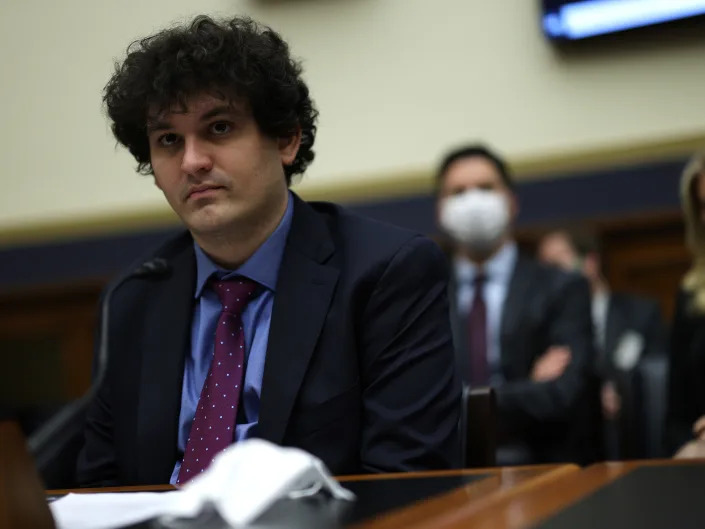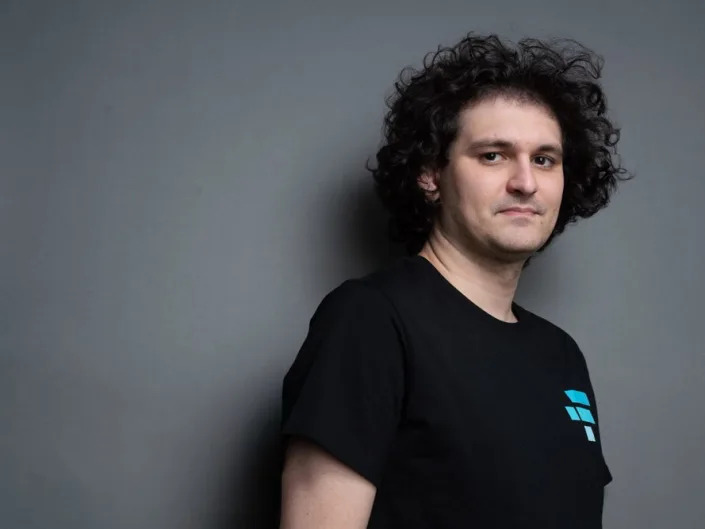
FILE - In this photo provided by the Great Lakes Fishery Commission, a lake trout swims off Isle Royale, Mich., in Lake Superior, Sept. 12, 2018. Four Native American tribes have agreed with Michigan and federal officials on a revised fishing policy for parts of three of the Great Lakes, officials said Monday, Dec. 12, 2022.
JOHN FLESHER
Mon, December 12, 2022
TRAVERSE CITY, Mich. (AP) — Four Native American tribes have agreed with Michigan and federal officials on a revised fishing policy for parts of three of the Great Lakes, officials said Monday.
The tentative deal involves contentious issues for groups wanting shares of a valuable resource as populations of some species — particularly whitefish and salmon — have fallen over the past two decades.
A proposed order submitted to a federal judge would extend for 24 years a system overseeing commercial and sport fishing in areas of lakes Michigan, Huron and Superior covered by an 1836 treaty. Those sections of the lakes are entirely within the U.S. and under Michigan's jurisdiction.
Under the treaty, the Odawa and Ojibway nations described collectively as Anishinaabek ceded lands that would comprise nearly 40% of Michigan's eventual territory, while retaining hunting and fishing rights.
Rising tensions between tribal commercial operations and sport anglers led to a fishery management pact in 1985, which was updated in 2000. That version was due to expire two years ago but was extended to allow continued negotiations.
“We believe this agreement has clear benefits for all the parties,” said David Caroffino, tribal coordination unit manager for the fisheries division of the Michigan Department of Natural Resources.
In addition to the state and federal governments, participants include the Bay Mills Indian Community, the Grand Traverse Band of Ottawa and Chippewa Indians, the Little River Band of Ottawa Indians and the Little Traverse Bay Bands of Odawa Indians.
The Sault Ste. Marie Tribe of Chippewa Indians, which has joined the previous deals, hasn't signed this one, Caroffino said. The tribe has filed a motion with U.S. District Judge Paul Maloney, who is overseeing the case, seeking the authority to regulate its own fishing. Officials from that tribe didn't immediately respond Monday to messages seeking comment.
Maloney has scheduled a conference for Friday to review where the case stands and consider the Sault tribe's proposal.
The agreement, like its predecessors, sets zones where tribal fishing crews can operate and areas where commercial fishing is off limits. It deals with topics such as catch limits and which gear tribal operations can use.
Particularly controversial is tribes' use of large-mesh gill nets, an effective tool that hangs in the water column like a wall. Critics say they indiscriminately catch and kill too many fish. The new deal let tribes use the nets in more places, with restrictions on depth in the water they're placed, the times of year they're used and how much netting is deployed.
State biologists are confident that the limited expansion of gill netting won't harm fish populations and will have “minimal impacts" on sport fishing, Caroffino said.
Sport fishing groups believe otherwise, said Amy Trotter, executive director of the Michigan United Conservation Clubs. Under the 2000 consent decree, she said, Michigan spent more than $14 million paying tribal operations to transition from gill nets to trap nets, which are more selective.
More gill netting will upset a roughly 50-50 balance between harvesting opportunities for tribes and state-licensed sport anglers, Trotter said. The consent decree appears to tilt in the direction of tribal interests at the expense of sport anglers, charter boat operators and tourism-dependent communities, she said.
“We've lived in relative harmony for the past 22 years,” Trotter said. But if sport anglers struggle to find fish or encounter nets stretched across bays as they try to reach open waters in boats, “we definitely will have conflicts in the future.”
Caroffino said tribal crews' need for gill netting to improve harvests has risen with the collapse of whitefish populations, which have suffered as invasive quagga mussels have gobbled up plankton and unraveled food chains.
The nets are particularly important for landing lake trout, which have become a more important commercial species as whitefish have plummeted. Lake trout, once devastated by parasitic sea lamprey, have bounced back in recent decades because of lamprey controls and trout restoration efforts.
Grand Traverse Band attorney Bill Rastetter said the overall structure and balance between tribal and sport interests remain intact under the new agreement, although one side or the other might do better in particular areas.
“We've reached an agreement that's consistent with what's been in place for 37 years but reacts to a changed fishery,” Rastetter said. “It won't create any burden on state-licensed fishers. The harvest limits will remain in place.”





















